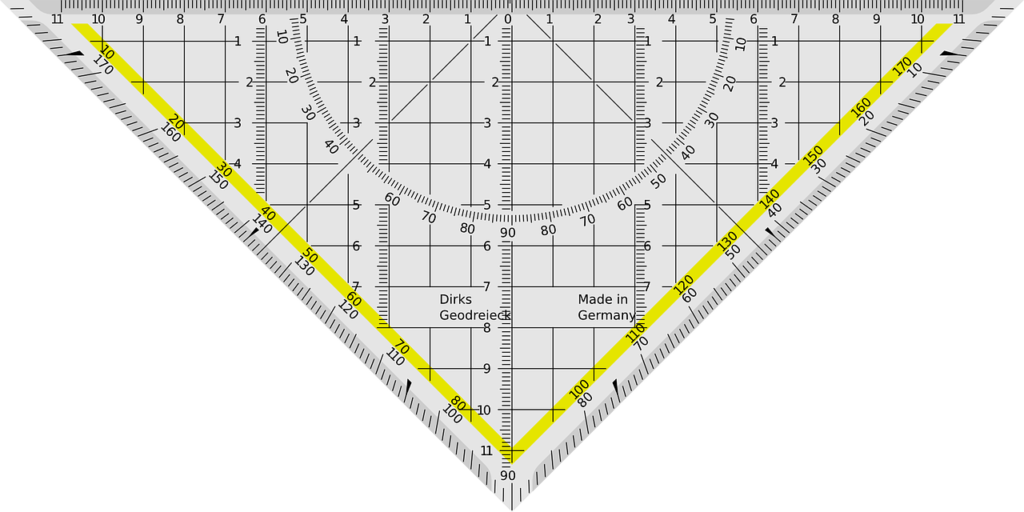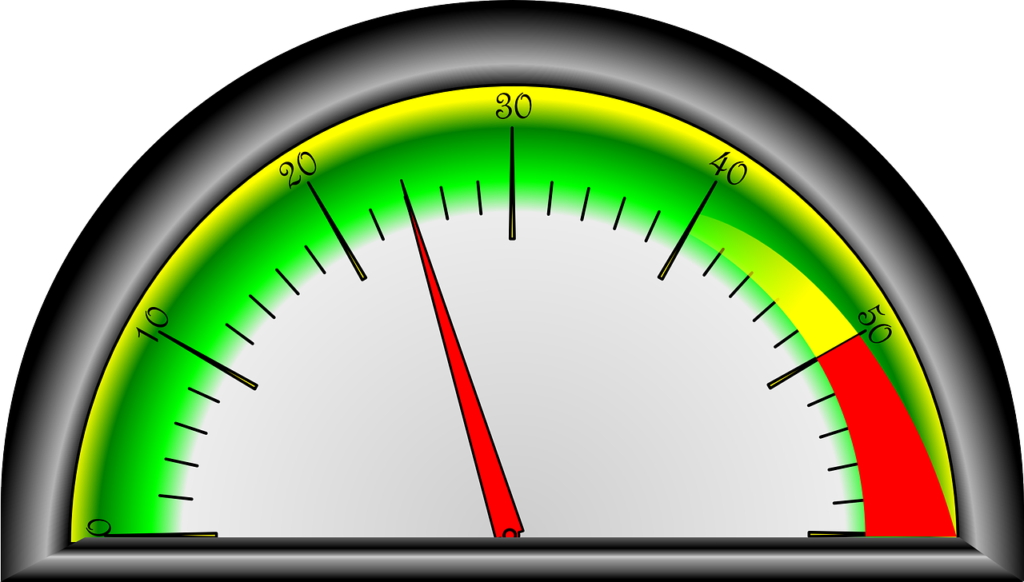Length refers to the dimension of an object or the distance between two points. Accurate measurement of length is vital for conducting scientific experiments. Here we shall discuss different methods and instruments for measuring length, ranging from everyday tools like rulers to more advanced techniques used in scientific research.

Units of Length
The International System of Units (SI) for measuring length is meter (m) and other units comprise kilometers (km), centimeters (cm), and millimeters (mm), which are used for measuring varying scales of distances.
Astronomers use units like light-years (the distance light travels in a year) or parsecs to measure vast distances between stars and galaxies. On the other hand, in the microscopic world, units such as nanometers (nm) and picometers (pm) are used to measure atomic and subatomic dimensions.
Instruments for Measuring Length
Following instruments are used to measure length, depending on the accuracy required and the size of the object:
1.Ruler or Scale: A simple, everyday tool used for measuring lengths in the range of millimeters to meters
2. Vernier Caliper: A more precise instrument used to measure the internal and external dimensions of objects, with an accuracy up to 0.01 mm. Vernier calipers consist of a main scale and a sliding vernier scale. The reading is taken by combining the two measurements.
3. Micrometer Screw Gauge: This instrument is used for very fine measurements, particularly useful for measuring small objects such as the thickness of a wire. It can provide readings accurate to the nearest 0.001 mm.
4. Measuring Tape: A flexible ruler normally used to measure longer lengths, specially in construction work. It can measure lengths up to several meters with reasonable accuracy.
5. Ultrasonic and Laser Measuring Devices: These devices are used to measure long distances, For example ultrasonic sensors and laser distance meters are used.
These devices calculate the time taken for sound or light waves to reflect back from an object, same way electromagnetic wave being used in RADAR to know the friendly or foe aircraft location.

Techniques for Measuring Length
Following techniques are used for measuring length, depending on the required precision:
1. Direct Measurement is the simplest method, where the object is directly compared with a measuring scale. For example, using a ruler to measure the length of a book.
2. Indirect Measurement: This method is used when direct measurement is difficult or impractical. For example, the height of a mountain can be measured using triangulation techniques in geometry.
3. Parallax Method is used for measuring the distance to celestial objects, the parallax method involves observing an object from two different positions and measuring the apparent shift in its position.
This method is key in astronomy. Parallax is the apparent shift in the position of an object with respect to another when we shift our eyes sidewise.
Following table shows that the ratio of the largest and shortest lengths of objects in the universe is about 1041.
Size of object or distance | Length (m) |
Size of proton | 10-15 |
Size of atomic nucleus | 10-14 |
Size of hydrogen atom | 10-10 |
Length of typical virus | 10-8 |
.
Wavelength of light | 10-7 |
Size of red blood corpuscle | 10-5 |
Thickness of a paper | 10-4 |
Height of the mount Everest above sea level | 104 |
Radius of the Earth | 107 |
Distance of Moon from the Earth | 108 |
Distance of Sun from the Earth | 1011 |
Distance of Pluto from the Sun | 1013 |
Size of our galaxy | 1021 |
Distance of Andromeda galaxy | 1022 |
Distance to the boundary of observable universe. | 1026 |
Errors in Measurement
No measurement is perfect, and there are always errors occupied. These errors can arise from the limitations of the measuring instrument, environmental conditions, or human error. To reduce the errors, calibrating instruments, repeating measurements, and following proper measurement techniques can help to minimise these errors.
Note
Measuring length is everyday tasks and advanced scientific research. By using the appropriate instruments and techniques, and being mindful of potential errors, accurate length measurements can be achieved.
The SI unit of length is the meter (m). It is the standard unit used for measuring length or distance in scientific and everyday contexts.
Common instruments include rulers or scales, vernier calipers, micrometer screw gauges, measuring tapes, and laser distance meters. Each offers different levels of precision.
A vernier caliper is a precision instrument used to measure the internal and external dimensions of objects. It consists of a main scale and a sliding vernier scale, and the measurement is taken by reading the combined values of these scales.
The least count of a vernier caliper is usually 0.01 cm or 0.1 mm, depending on the instrument, indicating the smallest measurable value it can detect.
A micrometer screw gauge is used for even finer measurements than a vernier caliper. It can measure up to an accuracy of 0.001 mm, making it ideal for small objects like wires.
Parallax is the apparent shift in the position of an object when viewed from different angles. It is used to measure large distances, especially in astronomy, by observing objects from two different positions and calculating their distance.
Errors in length measurement can arise from instrument limitations, environmental factors, and human error. They can be systematic (predictable) or random (unpredictable), and minimizing these errors is important for accurate results.